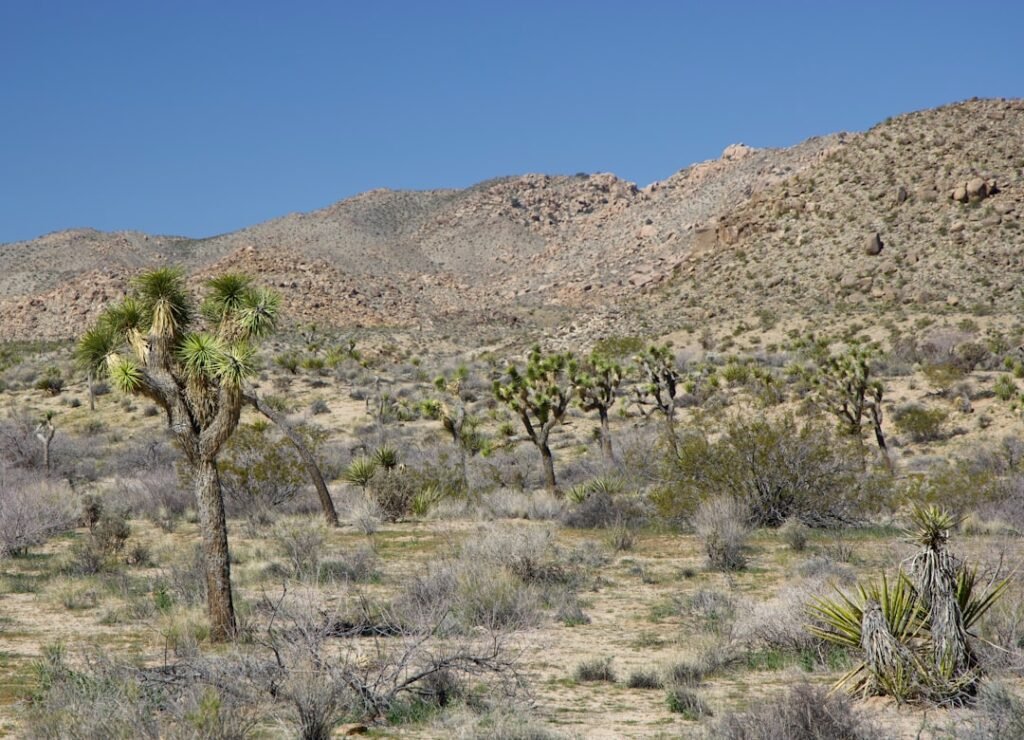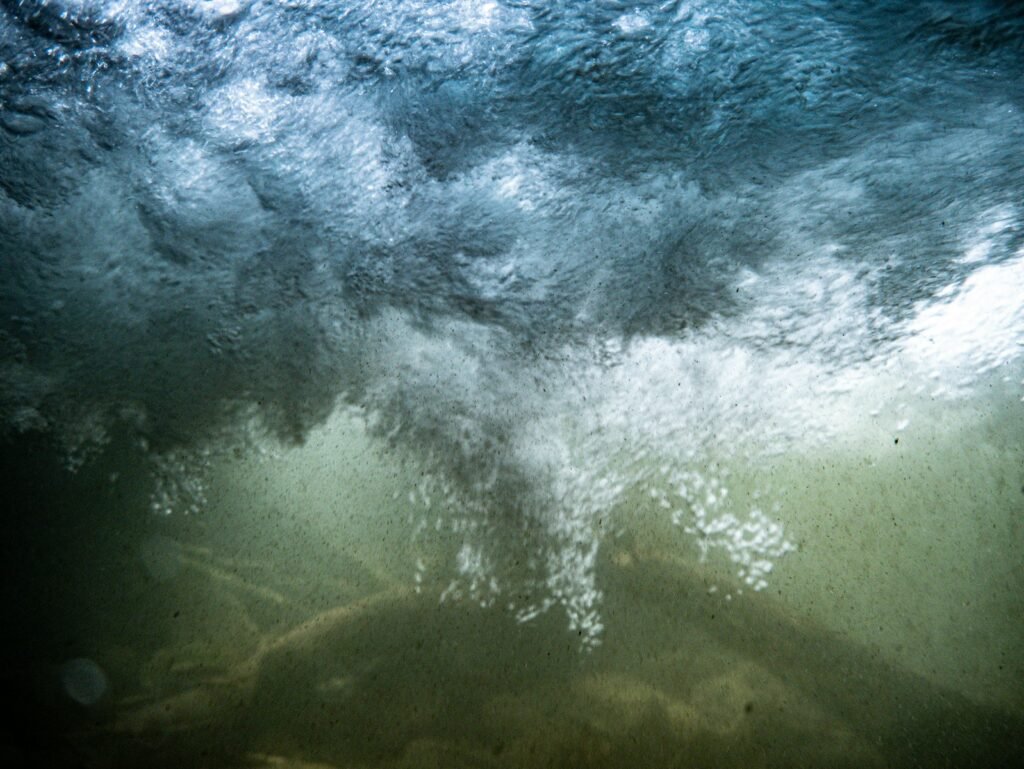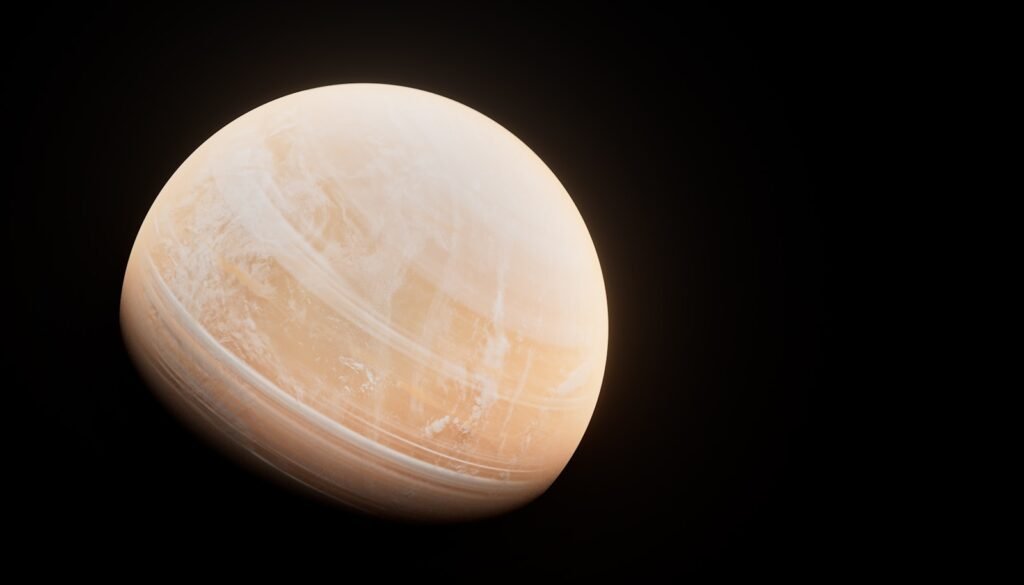Life in the desert seems impossible to most of us. Yet across the world’s harshest landscapes, remarkable plants not only survive but thrive in conditions that would quickly kill ordinary vegetation. These botanical survivors have developed some of the most ingenious water conservation strategies found anywhere in nature.
Understanding how desert plants achieve this extraordinary feat reveals a masterclass in adaptation. From innovative root systems to revolutionary photosynthesis methods, these resilient species showcase evolution at its finest. Their survival secrets hold lessons that could transform agriculture and inspire new technologies for our increasingly water-scarce world.
The Master Strategy of Water Storage

Desert plants have evolved incredible water storage capabilities, with mature saguaro cacti able to store up to up to 200 gallons of water in their massive trunks. Succulents contain specialized parenchyma cells that act as water reservoir tissues, effectively creating internal water tanks within the plant structure. These storage systems work like natural water towers, collecting precious moisture during rare rainfall events and rationing it out over extended dry periods.
Mucilage cells within succulent tissues provide thick, gluey substances that aid in water retention, allowing the leaves to both absorb and retain water effectively. The saguaro’s pleated design functions like an accordion, expanding after rain to accommodate increased water storage as the internal reservoir fills.
Revolutionary Root Systems That Defy Convention

Nearly all succulents have developed extensive, shallow root systems, with saguaro roots extending horizontally as far as the plant is tall but rarely deeper than four inches. The water-absorbing roots are concentrated mostly within the upper half inch of soil. This design allows plants to quickly capture moisture from even light drizzles before it evaporates in the intense desert heat.
Some desert species take the opposite approach, developing deep tap roots to access groundwater while others produce shallow roots to exploit short rain seasons and unpredictable rainfalls. These deep taproots can extend 20 to 30 feet underground, allowing plants to reach moisture stored deep in soil and survive longer during droughts by accessing water that other plants cannot reach.
The Night Shift Photosynthesis Revolution

During the night, CAM plants open their stomata to capture CO2, which gets fixed as organic acids and stored in vacuoles, then during the day, stomata close to conserve water while the stored organic acids release CO2 for photosynthesis. This temporal separation of gas exchange from photosynthesis represents one of nature’s most elegant solutions to desert survival.
CAM plants lose one-tenth as much water per unit of carbohydrate synthesized compared to standard C3 plants because of the lower temperatures and higher humidity at night. When water-stressed, CAM plants can idle their metabolism by keeping stomata closed day and night, yet resume full growth within 24 to 48 hours after rainfall.
Waxy Armor Against Water Loss

The stems and leaves of most desert species have waxy cuticles that render them nearly waterproof when stomata are closed. This leathery or waxy coating on leaves and stems reduces evaporation significantly. These protective barriers work like natural raincoats, sealing moisture inside the plant while blocking the desert’s desiccating effects.
All leaves have cuticles that protect and retain water, but desert plants have adapted especially thick waxy cuticles that keep even more water inside, making this an essential adaptation for hot and dry environments.
Minimalist Leaf Design for Maximum Efficiency

Small and narrow leaves require less energy to grow than larger leaves, and because they have smaller surface area, they lose less water through evaporation. Water is further conserved by reduced surface areas, with most succulents having few leaves, no leaves, or leaves that are deciduous in dry seasons. This reduction strategy eliminates unnecessary water-losing surfaces.
Many desert plants have very small leaves or shed their leaves during the driest months, with less leaf surface area meaning less area from which water can evaporate, like the creosote bush which has tiny evergreen leaves just a few millimeters long.
Spines as Multifunctional Survival Tools

Spines reduce evaporation by breaking up air flow and creating a buffer zone with moist air trapped around the cactus. Spines can collect dew in moist or foggy mornings, then drop the collected water via special grooves that aid in collecting significant amounts of water for root absorption. These modified leaves serve triple duty as protection, climate control, and water collectors.
Some cacti appear extremely fuzzy with hair-like structures called glochids found on spines, which are actually modified spines that protect plants from both frost and sun.
Chemical Defense Systems

Stored water in arid environments requires protection from thirsty animals, so most succulent plants are spiny or toxic, often both, with some protecting themselves by growing in inaccessible locations. Besides physical defense mechanisms like spines, plants also employ chemical defense protection including latex as secondary defense lines.
These chemical deterrents work alongside physical barriers to ensure that precious water stores remain protected. The combination creates an almost impenetrable defense system that keeps desert plants safe from desperate animals seeking moisture.
Seasonal Adaptation Strategies

Annual desert plants escape unfavorable conditions by not existing, maturing in a single season then dying after channeling all energy into seed production, with most Sonoran Desert annuals germinating only during narrow fall windows. During this window there must be a soaking rain of at least one inch, and this combination provides survival insurance that germinating seeds will probably mature even if little more rain falls.
Drought tolerant plants often shed leaves during dry periods and enter deep dormancy, with most water loss occurring through leaf surfaces, so dropping leaves conserves water in stems while some plants have resinous coatings that retard water loss.
Specialized Photosynthetic Pathways

Desert plants utilize mechanisms such as crassulacean acid metabolism (CAM) and C4 photosynthesis to optimize water use efficiency and minimize water loss during photosynthesis, allowing them to thrive in environments where water is scarce and unpredictable. C4 photosynthesis involves fixing CO2 into a four-carbon compound in mesophyll cells, then shuttling it to bundle sheath cells where spatial separation reduces photorespiration and maintains higher photosynthesis rates under high light and temperature conditions.
These alternative pathways represent evolutionary innovations that allow desert plants to maintain photosynthesis while dramatically reducing water loss compared to conventional plant photosynthesis.
Convergent Evolution Across Continents

Plants like Copiapoa evolved for thousands of years in North and South America while Euphorbia evolved in Africa, yet they look remarkably similar because plants evolve adaptations that help them survive their environments, and when environments are similar, plants adapt similar strategies for success. This phenomenon demonstrates that desert survival strategies are so effective that evolution repeatedly discovers the same solutions.
The striking similarities between unrelated desert plants from different continents prove that certain adaptations are simply the best possible solutions to desert challenges. Nature has essentially run the same experiment multiple times with identical results.
The Future of Desert Plant Science

Scientists aim to engineer CAM photosynthesis into crop plants to create new crops better suited for drought-prone lands, with research demonstrating that incorporating key enzymes like PPCK makes CAM work three times better. Multi-bioinspired approaches incorporating desert beetle nucleation, cactus directional transport, and pitcher plant slipperiness have increased water transportation speed by 300 times and fog collection efficiency by 5 times.
Desert plant adaptations are inspiring revolutionary technologies for water collection, drought-resistant agriculture, and sustainable living in arid regions. These natural innovations may hold the key to feeding growing populations in an increasingly water-scarce world.
Conclusion

Desert plants have mastered the art of survival in Earth’s most challenging environments through millions of years of evolutionary refinement. Their sophisticated water conservation strategies, from revolutionary photosynthesis methods to ingenious root systems, represent some of nature’s most remarkable adaptations. These botanical survivors prove that life finds extraordinary ways to flourish even where water is almost nonexistent.
As climate change makes water scarcity an increasing global challenge, desert plants offer invaluable lessons for sustainable living and agriculture. Their time-tested strategies could revolutionize how we approach water conservation and food production in our changing world. What incredible innovations might we discover by continuing to study these masters of desert survival?

Jan loves Wildlife and Animals and is one of the founders of Animals Around The Globe. He holds an MSc in Finance & Economics and is a passionate PADI Open Water Diver. His favorite animals are Mountain Gorillas, Tigers, and Great White Sharks. He lived in South Africa, Germany, the USA, Ireland, Italy, China, and Australia. Before AATG, Jan worked for Google, Axel Springer, BMW and others.




